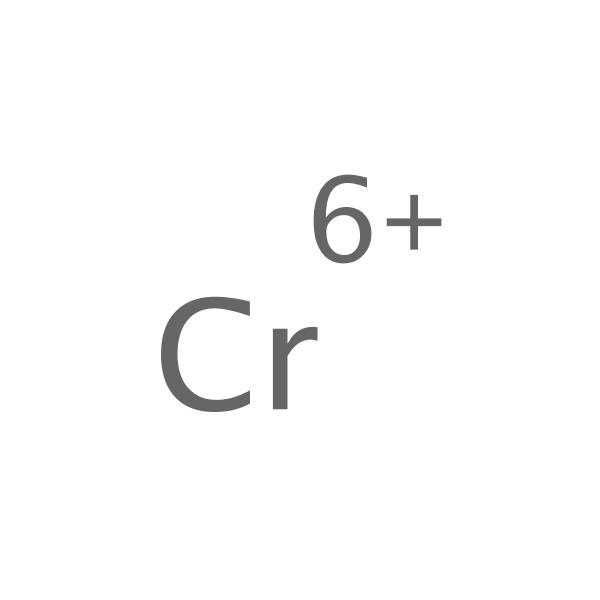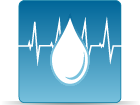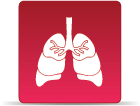Chromium(VI)
CASRN 18540-29-9 | DTXSID7023982
- Toxicological Review (PDF) (538 pp, 9.6 MB, about PDF)
- IRIS Summary (PDF) (14 pp, 461.9 KB, about PDF)
Noncarcinogenic Effects of Chromium: Update to Health Assessment Document
Alert
Notice - This site contains archived material(s)
Archive disclaimer
Archived files are provided for reference purposes only.
The file was current when produced, but is no longer maintained and may now be outdated.
Persons with disabilities having difficulty accessing archived files may contact the IRIS Webmaster for assistance.
Please use the contact us form if you need additional support.
Overview
This 1990 document updates the 1984 Health Assessment Document for Chromium by addressing issues regarding noncarcinogenic health effects of chromium: oxidation states and persistence of these states in the environment, sampling and analytical methodology to differentiate these oxidation states and amounts at submicrogram ambient air levels, the degree of human exposure to chromium in the environment, both short-term and long-term, reduction of Cr (VI) to Cr (III), and effects from environmentally relevant levels on pulmonary function and renal function. rivalent chromium is chemically stable; Cr (VI) is readily reduced to Cr (III). xidation state of chromium in ambient air depends on proximity to sources emitting one form over the other. eliable monitoring methods to speciate oxidation states at ambient air levels below 1 ug/m3 are not available. mbient levels of total chromium (obtained from EPA's National Air Data Branch) range from a high of 0.6 ug/m3 to below the detection limit of 0.005 ug/m3. Reduction of hexavalent chromium occurs in several organ systems and therefore, small amounts of inhaled Cr (VI) will be reduced before systemic absorption can occur. rivalent chromium is an essential trace metal which potentiates actions of insulin-mediated glucose transport. r (VI) exposure at 1 to 2 ug/m3 causes reddening of nasal septal ulceration and perforation. ulmonary function changes in vital capacity and forced expiratory volume at 1 sec. are observed with exposure >2 ug/m3. hanges in renal function (probably reversible) have been observed at exposures as low as 2 to 4 ug/m3. ith increasing age, lungs accumulate Cr (III) which has been reduced from Cr (VI).Download(s)
If you have a disability and the format of any material on our web pages interferes with your ability to access the information, please reach out to us using the Contact Us about IRIS form for assistance. To enable us to respond in a manner most helpful to you, please indicate the nature of the accessibility problem, the web address of the requested material, your preferred format in which you want to receive the material (electronic format (ASCII, etc.), standard print, large print, etc.), and your contact information.
Critical Effect Systems
Tumor Sites
Chemical Structure for
Chromium(VI)

Synonyms
- Chromic ion
- Chromium
- Chromium (VI)
- Chromium (VI) ion
- Chromium, ion
- 18540-29-9
- 7440-47-3







